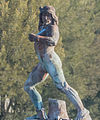
Bonaventura Carles Aribau i Farriols (1798–1862) was a Spanish economist, stenographer, writer and politician who wrote in Spanish, Catalan, Latin, and Italian.
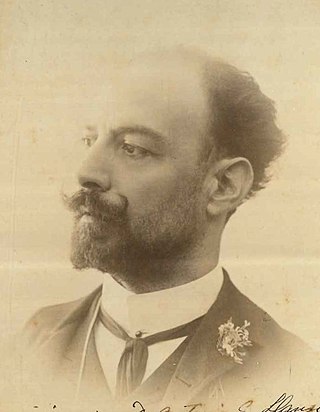
Baldomer Galofre i Giménez, in Spanish: Baldomero Galofré y Jiménez was a Spanish painter.
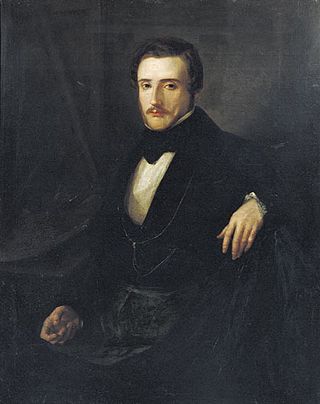
Lluís Rigalt i Farriols was a Spanish landscape painter and graphic artist.

Antoni Caba i Casamitjana was a Spanish painter who worked in the Realistic style and is best known for his portraits.

Claudi Lorenzale i Sugrañes was a Spanish painter, associated with the German Nazarene movement and local efforts to recover the history of the Catalan region.

Pelegrí Clavé i Roqué sometimes Pelegrin Clavé was a Spanish painter in the Romantic style who lived and taught in Mexico for many years.
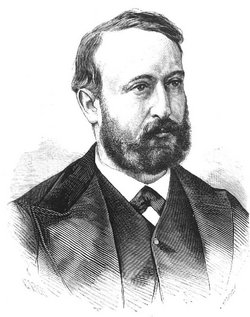
Francisco Sans Cabot, in Catalan: Francesc Sans i Cabot was a Catalan painter who served as Director of the Museo del Prado from 1873 to 1881.
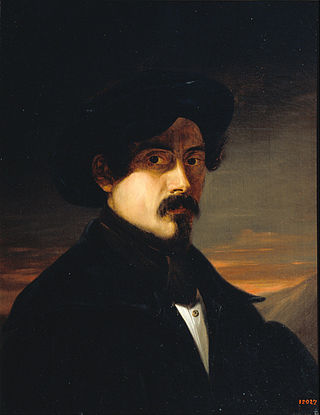
Josep Arrau i Barba was a Catalan painter, noted for his portraits. Described as an "intellectual artist," he was also a pioneer of a contemporary, multi-disciplinary approach to art conservation, and published a number of works on the subject as well as conducting workshops on restoration and conservation work.

Rossend Nobas i Ballbé was a Catalan sculptor and goldsmith in the 19th century. Working mainly in Barcelona, Nobas's work is to be found around the city in both museums and public areas.
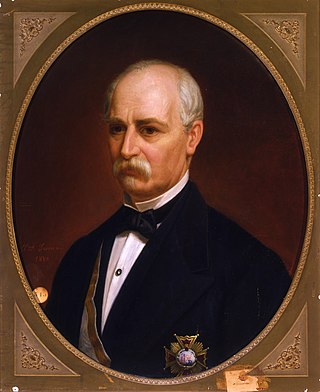
Joaquim Espalter i Rull or, in Spanish, Joaquín Espalter y Rull was a Catalan painter who spent most of his career in Madrid; known primarily for portraits and historical scenes.

Josep Anselm Clavé i Camps was a Spanish politician, composer and writer, founder of the choral movement in Catalonia and a promoter of the associative movement.

Pasqual Pere Moles i Coronas, also known as Pedro Pascual Moles was a Spanish engraver who served as the first Director of the Escola de la Llotja; a position he held until his death.

Agapit Vallmitjana i Barbany was a Spanish sculptor, in the Realist style. His brother Venanci was also a sculptor, with whom he usually collaborated.
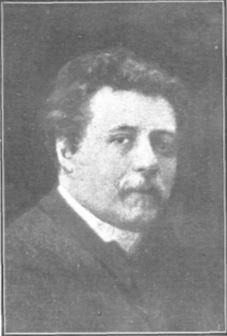
José Nin y Tudó was a Spanish painter. Although he worked in a variety of genres, he is best remembered for his decorative work and his series of "mortuary paintings", depicting famous men lying in state or on their death beds.

Eusebi Planas i Franquesa ) was a Catalan graphic artist, lithographer and watercolorist.
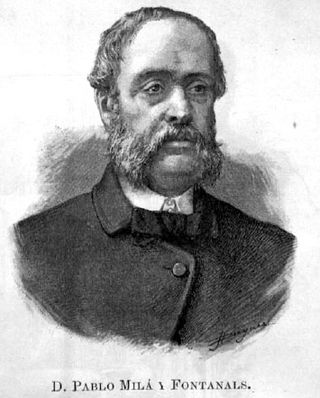
Pau Milà i Fontanals was a Spanish painter, writer and professor; specializing in art history and aesthetics.

Damià Campeny i Estrany was a Spanish sculptor in the Classical style.
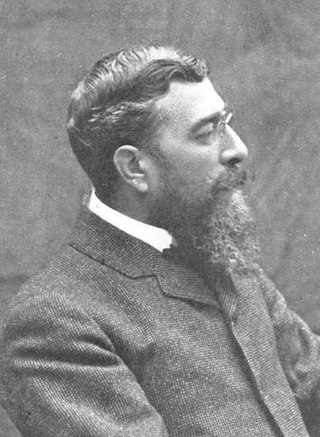
Josep Reynés i Gurguí was a Spanish sculptor. He devoted himself primarily to interior decoration, but also created religious and funerary works.
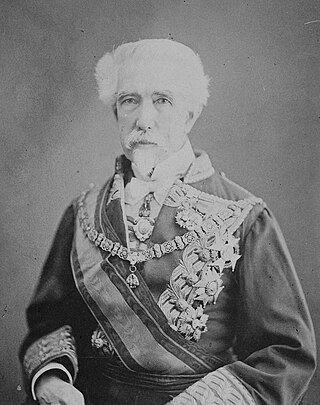
Juan González de la Pezuela y Cevallos,, I Count of Cheste, I Marquis de la Pezuela, I viscount of Ayala, Grandee of Spain, was a conservative Spanish politician, soldier and writer.
Francesc Daniel Molina i Casamajó was a Spanish architect.


